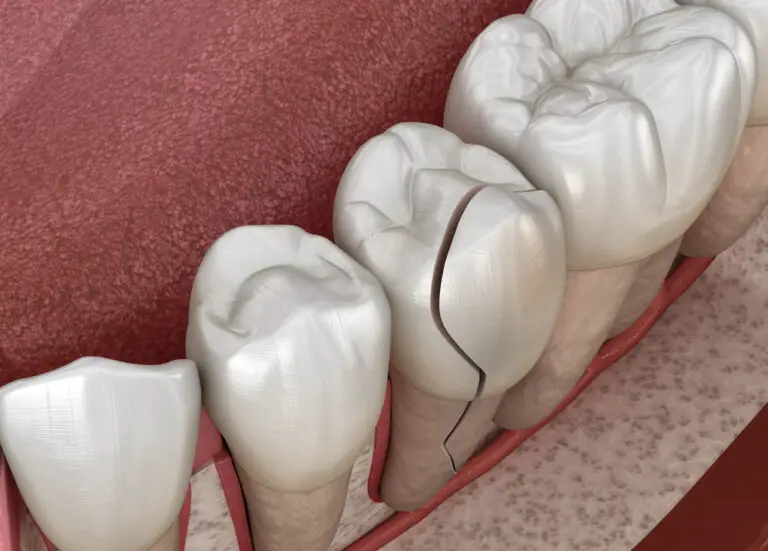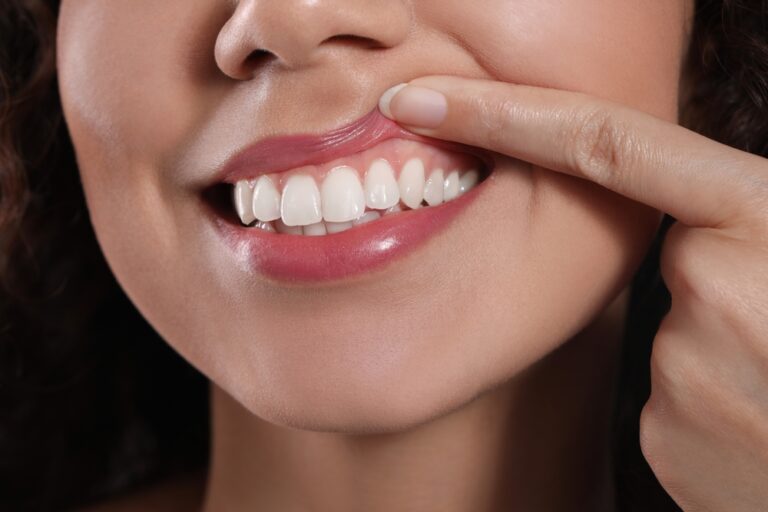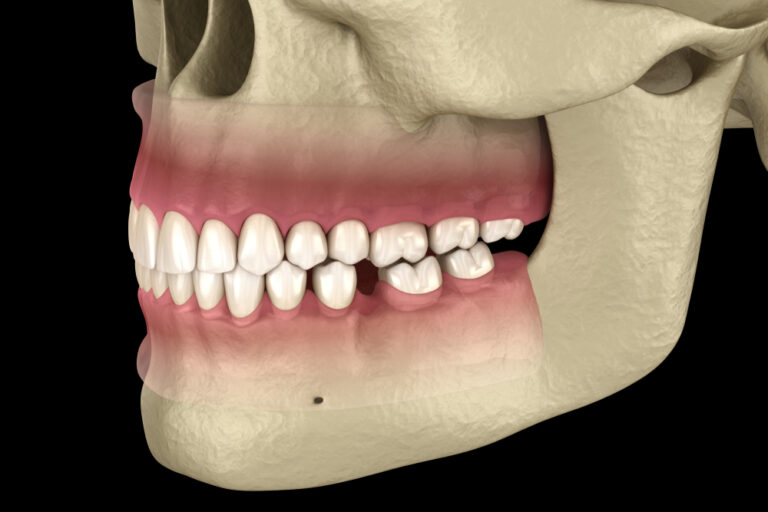Do you need restorative dentistry and are not sure if you need a dental crown or an onlay? Both crowns and onlays are used for similar purposes. They are both used to restore the appearance and function of your teeth by repairing decay, cracks, and other damage. They are also used to protect your teeth from further damage.
So what is the difference between crowns and onlays? In short, an onlay covers a part of a tooth, while a dental crown covers the surface of a tooth fully. Continue reading this article to learn more about the two types of restorative dentistry to help you decide which one is the right option for you.
Dental Crowns Vs Onlays
Dental fillings are used to treat minor damage and cavities. However, not all damage and cavities can be repaired with a simple filling. Sometimes the cavity has spread too far or the damage is too extensive to cover it with a filling. If that is the case, your dentist will repair the damage with a dental crown or onlay.
If the damage on your tooth is limited to the cusp of the tooth, which is the elevated area of your tooth’s surface, you will have an onlay fitted. An onlay is made with gold, porcelain, ceramic, or resin. It will only cover the part of the tooth that is damaged.
A dental crown is used when your tooth is severely decayed or damaged and an onlay will not be enough to cover the whole damaged area. A crown will fit over the tooth completely and it will prevent further damage and hopefully save the tooth. Like onlays, dental crowns are made with gold alloy, porcelain, composite resin, or ceramic.
The Pros of Dental Crowns
Dental crowns are made of durable materials. Most often gold or porcelain is used but they can also be made with dental ceramics. They can be used to replace worn fillings and repair larger cavities.
A dental crown will prevent the issue with the tooth from spreading further and restore the tooth’s natural appearance and function. It will reshape the tooth and should relieve any pain a broken or decayed tooth might cause and maintain the tooth’s integrity after root canal treatment.
The Pros of Dental Onlays
Like dental crowns, onlays are also made with durable materials and used to repair and reshape a damaged tooth. It will lower the risk of the decay spreading further and restore the natural appearance of your tooth.
It will preserve more of the original tooth structure and requires less expensive preparation than a dental crown. Because an onlay is smaller and needs less preparation, it is often cheaper than a dental crown.
The Cons of Dental Crowns
One of the cons of dental crowns is that it requires much more preparation than an onlay, which increases its price. You will need to have more than one appointment to have a dental crown fitted.
While dental crowns are made with durable materials, they can still break or chip and you will need more restorative work. Some people can have an allergic reaction to the material used, while others may find the tooth is sensitive to hot and cold foods and drinks following the procedure.
The Cons of Dental Onlays
Similarly to a crown, you will need more than one appointment with the dentist to have an onlay fitted. Depending on the tooth and the damage, onlay fittings can be difficult to perform, which can increase the cost.
Like crowns, onlays can chip and crack, leaving you needing further dental restorations. As the materials used are the same, there is still a risk of an allergic reaction and tooth sensitivity following the procedure.

Dental Crown Procedure
Because the dental crown requires more preparation, the procedure is a little longer than it is for onlays. To prepare for the crown fitting, you need to have an initial visit to your dentist who will take X-rays to assess the damage to the tooth. You will then have the tooth decay and any damaged areas removed by the dentist.
Sometimes, you need to have a root canal treatment, which removes bacteria. Once the damage is cleared, your dentist will shave the tooth and take an impression of it, which is used to make the crown. They will then fit a temporary crown on the tooth to prevent pain and decay from spreading while you wait for the permanent crown.
The impression is sent to a lab where the crown is made to fit your tooth. When your crown is ready, you will go back to your dentist who will remove the temporary crown and fit the permanent one. Sometimes, they need to make some adjustments to get it to fit right. When it is in place, the dentist will cement the permanent crown on your tooth.
Dental Onlay Procedure
When you first visit your dentist to prepare for a dental onlay, they will numb your mouth using a local anesthetic to remove the damaged part of your tooth. They will then press putty-like material on the tooth to make an impression on your tooth.
Just like with the crown, the impression will be sent to a lab where they make the onlay. Your dentist will use a temporary onlay to protect your tooth while you wait for the permanent onlay.
Once the permanent onlay is ready, you will go back to the dentist to have it fitted. Your dentist will remove the temporary onlay and fit the permanent one. Once it is properly in place, your dentist will attach it permanently under local anesthesia.
How Long Do Dental Crowns and Onlays Last?
Most dental crowns and onlays will last for up to fifteen years. However, they may wear out sooner, for example, if you bite your nails, grind your teeth, or injure the surrounding area.
Chewing sticky and hard objects can also reduce their lifespan as can inadequate dental care at home. To help your dental crown or onlay last as long as possible, practice good dental hygiene at home. Brush your teeth twice a day and floss once a day. You also should see your dentist regularly to assess the state of your dental health.
What Does a Dental Crown or Onlay Cost?
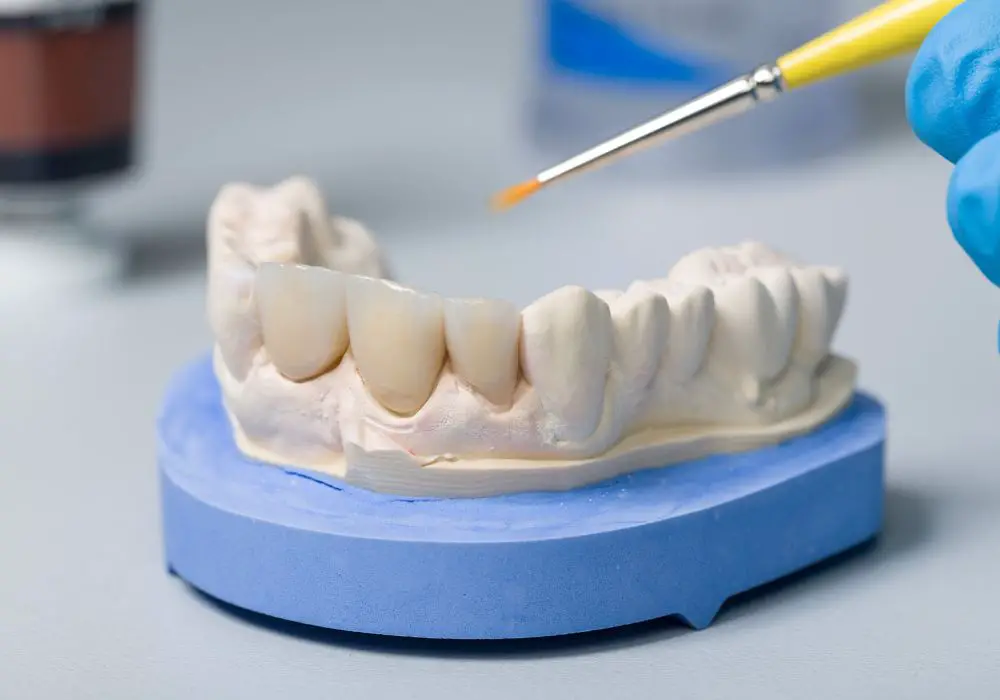
The price of crowns and onlays varies based on several factors. However, for an onlay, the costs range from $650 to $1,200 for one tooth, and for a crown, the price range is $500 to $3,000.
How much a crown or onlay will cost depends on the size of the restoration and the location of the tooth. Work on posterior teeth will often be more expensive than work on front teeth. If your dentist needs to do a lot of preparation that will increase the price, too.
Emergency repairs are generally more expensive as are cases where other procedures are needed before the crown or onlay can be fitted. The material used for your crown or onlay will affect the price, too. For example, gold and porcelain are more expensive than metal or resin.
Does Insurance Cover Dental Onlays and Crowns?
What and how much of the dental treatment is covered depends on your insurance. Many insurances will cover 50% to 80% of the cost of restorative dental work. However, you need to check the terms of your dental insurance so you know how much you are expected to pay yourself.
If you do not have dental insurance and are worried about the cost of the restorative dental work you need, there are ways to get more affordable dental care. You can, for example, book an appointment with a dental school where you typically pay for the materials only or go to a dental clinic supported by the state and federal governments.
You can also speak to your dentist about any payment plans they might have. While these will not save you money, they allow you to spread the cost over several months. Most payment plans have 0% interest as long as you keep up your payments and clear the balance within the agreed time frame.
When to See a Dentist?
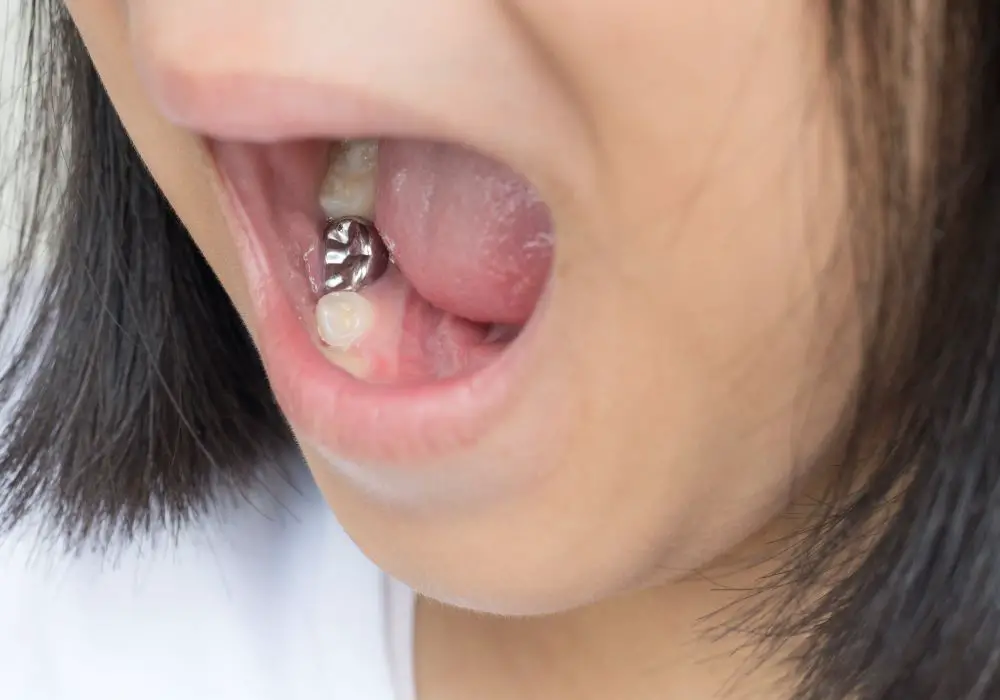
Having your teeth checked out regularly is an important part of your dental maintenance. In addition to your regular checkups, you should see your dentist if you experience pain in your teeth or gums that does not improve over time.
Sensitivity to cold and hot foods and drinks can also be a sign of a cavity. In addition, you should see your dentist if you have bleeding gums or you chip your tooth even if there is no pain related to it.
Conclusion
If you have a problem with your teeth that cannot be fixed with a filling, you are probably going to need a dental crown or onlay. They can prevent further decay by forming a barrier between your remaining tooth structure and bacteria and plaque. While onlays cover the biting surface of your tooth, a crown covers the entire tooth.
The best way to prevent the need for dental onlays or crowns is to look after your natural teeth properly and see your dentist for regular checkups. This way your dentist can identify dental issues before they get so big that you will need a crown or onlay.

